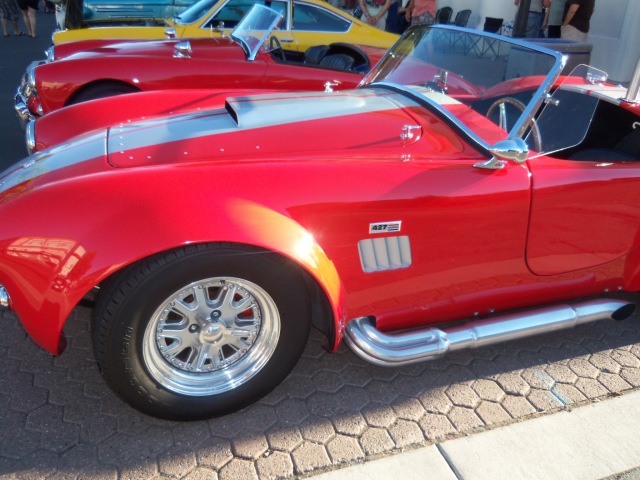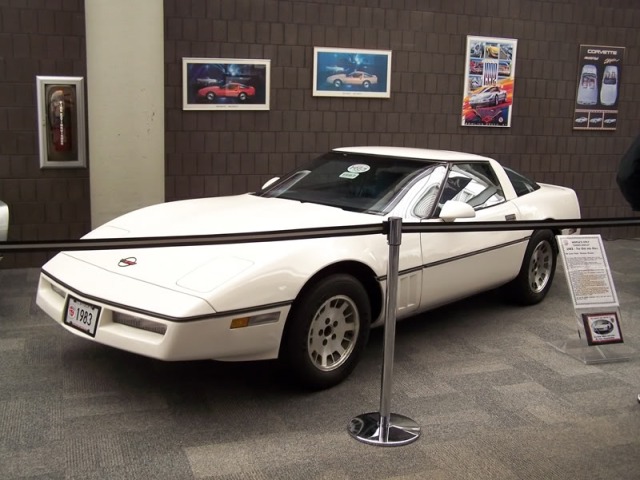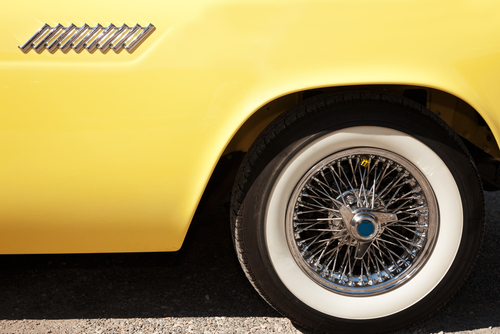Classic Car Insurance: 50 Years of Classics
Classic Car Insurance: 50 Years of Classics
This year is momentous for many classic car enthusiasts. Why is that? A number of classic vehicles are celebrating their 50th anniversary, and most of these classics were quite loved. In fact, 1964 introduced two of American’s most-loved muscle cars- the Pontiac GTO and the Mustang. Another notable classic car celebrating 50 years is the Excalibur. These classic cars are considered by many to be icons worth spotlighting.
Pontiac GTO
We highlighted the ’64 Pontiac GTO in a previous post, pointing out how this was considered a car with “attitude”. The vehicle had a bigger V8 than previous cars, hood scoops, dual exhausts, a Hurst shifter, racy trim, and a name inspired by the Ferrari 250 GTO. 1964 was the first year the Pontiac GTO was introduced, and first-year orders came to about six times the number Pontiac management expected!
1964 ½ Mustang
The Ford Mustang was brought out five months before the normal start of the 1965 production year, introduced on April 17, 1964 at the New York’s World Fair. Due to its early introduction, it was dubbed as the “1964 ½” model. The Ford Mustang has been credit for inspiring the designs of coupes such as the Toyota Celica and Ford Capri, which were imported to the U.S.
Excalibur
In 1964, Studebaker consultant and renowned industrial designer Brooks Stevens sketched out a concept car on a restaurant place mat. He had been asked to design a “show car” for the 1964 New York Auto Show, and Studebaker wanted a “show stopper” for their exhibit, according to sources from conceptcarz.com. The prototype was built in just eight weeks, and although Studebaker initially decided to phase out production, over 3,500 Excalibur vehicles have been shipped to dealers and distributors around the world since 1964.
No matter what type of Antique or Classic Car you own, we can insure it at Condon Skelly. Since 1967, we have been helping our customers protect their classics with affordable, industry-leading insurance coverage. We are a group of collectors, enthusiasts, and professionals who specialize in insuring all types of collector vehicles. Please contact us today for more information.









